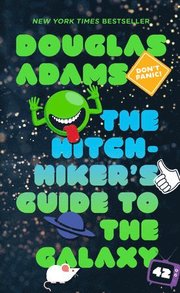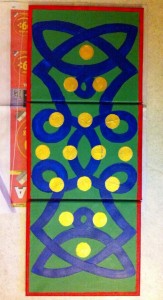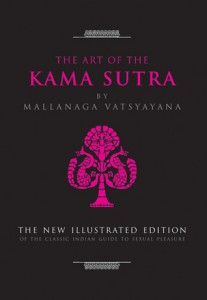Source: Wikipedia
***
Have you ever stumbled upon a book quite coincidentaly, bringing it home, and finding it SO enticing you can’t put it down… just to end at the last page and finding out that it’s part of a trilogy? At least I’ve got that problem. Today I did this mistake again, when I ran into Patrick Rothfuss’ fantasy trilogy of the Kingkiller’s Chronicles. Did I know it was a trilogy before I bought it? No. Am I still gonna read it? Yes.
***
Trilogies I have ongoing:
The Century Trilogy (Ken Follett)
Watch (Sergei Lukyanenko)
The Passage (Justin Cronin)
Trälen Holme (Jan Fridegård)
Mörkrets ring (Nick Perumov)
All Souls Trilogy (Deborah Harkness)
The Millennium Trilogy (Stieg Larsson)
***
Now, to be fair, 4 out of the 7 trilogies listed above have not yet been released in full – but the sheer fact of having seven ongoing stories is a little unnerving to me. To begin with, I rarely read two fiction books at the same time, POSSIBLY coupling a fiction with a non-fiction, but generally – my focus and my belief in really understanding a work, is normally limited to one book at a time.
***
The truth then is that I now have seven storylines to follow and remember, as well as the other ”single” novels I’m reading. But looking at the list of trilogies, they none of them are really the same, not in time, nor in genre. The Century Trilogy is purely historical fiction based around the world wars (so far) and great events of the 20th century. The Passage is a futuristic dystopia story of a virus gone wrong. Trälen Holme is a historical retelling of the Viking Era in Sweden. Mörkrets ring is a spin-off of J.R.R Tolkien’s Lord of The Rings epos. All Souls Trilogy is a historical supernatural fiction with witches and vampires. And lastly, The Millennium Trilogy is a contemporary fiction of todays’ Swedish society and abusing of women.
***
Have you ever read a book to its full, realising when it’s finished, it is part of a Trilogy?
What trilogies are You engaged in at the moment?












